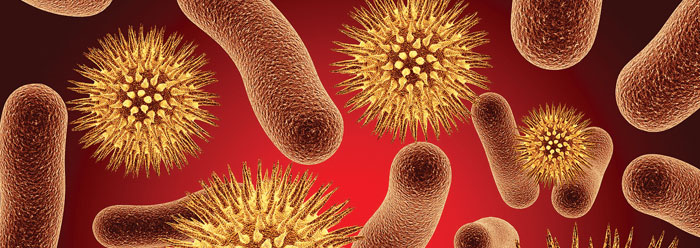
New Study Shows Enzymes Couldn't Evolve
According to evolutionary theory, chemicals must have somehow organized themselves into cellular life, presumably long ago. And that means that enzymes must have formed themselves, too.

Tadpole Faces Form by Bioelectric Patterning
How does a single-cell egg turn into a swimming, metabolizing, hunting tadpole? Common understanding holds that frog DNA carries the required instructional building plans. However, developmental biologists serendipitously discovered that tiny facial features were outlined with bioelectricity just prior to their formation inside frog eggs.

Antibiotic Resistance in Bacteria Shows Adaptive Design
Bacterial survival in antibiotics has been taken as proof of evolution in action. But in-depth studies of the specific mechanisms for antibiotic resistance in bacteria show that no evolutionary processes are involved.

Antibiotic Resistance in Bacteria Did Not Evolve
Certain classes of antibiotics can no longer eliminate a resistant strain of common skin-covering bacteria. This new strain can now cause infections as it grows amidst the non-resistant strains that are killed by the antibiotic.

'Simple' Amoebas Can Farm Bacteria
Not long ago, scientists discovered that what they thought was a spore-bearing fungal slime mold was actually a temporary congregation of forest-floor, single-cell amoebas. This presented evolutionists with a puzzle…was the organism in question a fungus or an amoeba? If the latter, how could a "simple" one-cell amoeba "learn" to behave like a fungus?








